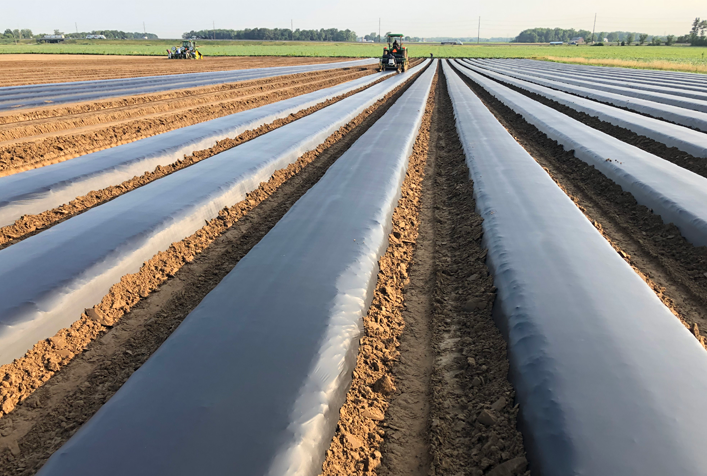Analyzing Impacts of Agricultural Plastic Waste

Project Brief
The Challenge
The use of plastics in agriculture has been increasing since the 1960s, when plastic films, mulches, and irrigation systems began to be used to increase agricultural production. While plastics have benefits to crops—such as helping control soil temperature and weeds, limiting erosion, and improving irrigation and water retention, they also pose many environmental problems. Degraded plastics can result in microplastics in soils that can make crops less productive and enter the wastewater stream. Agricultural plastic waste may also reach the marine environment and contribute to the increasing problems caused by marine litter and range of cascading impacts associated with plastic in marine ecosystems.
ERG's Solution
To better understand the scale of agricultural plastic waste in California, ERG assisted The Nature Conservancy (TNC) California Oceans program in quantifying the types, volume, and impact of plastics used in agriculture statewide to inform scalable solutions. ERG led a statewide agricultural plastic waste characterization analysis to quantify the total amount of plastics used in agriculture in California. Our team collaborated with TNC to assess how agricultural plastic pollution statewide intersects with socioeconomic, public health, and other important social data to characterize impacts of agricultural plastics on communities and the environment. ERG also conducted a landscape analysis of potential interventions for reducing plastic use via sustainable alternatives, as well as composting or recycling agricultural plastics, and we ranked solutions for reducing agricultural plastics based on their potential to scale within and beyond California.
Client
The Nature Conservancy, California Oceans Program